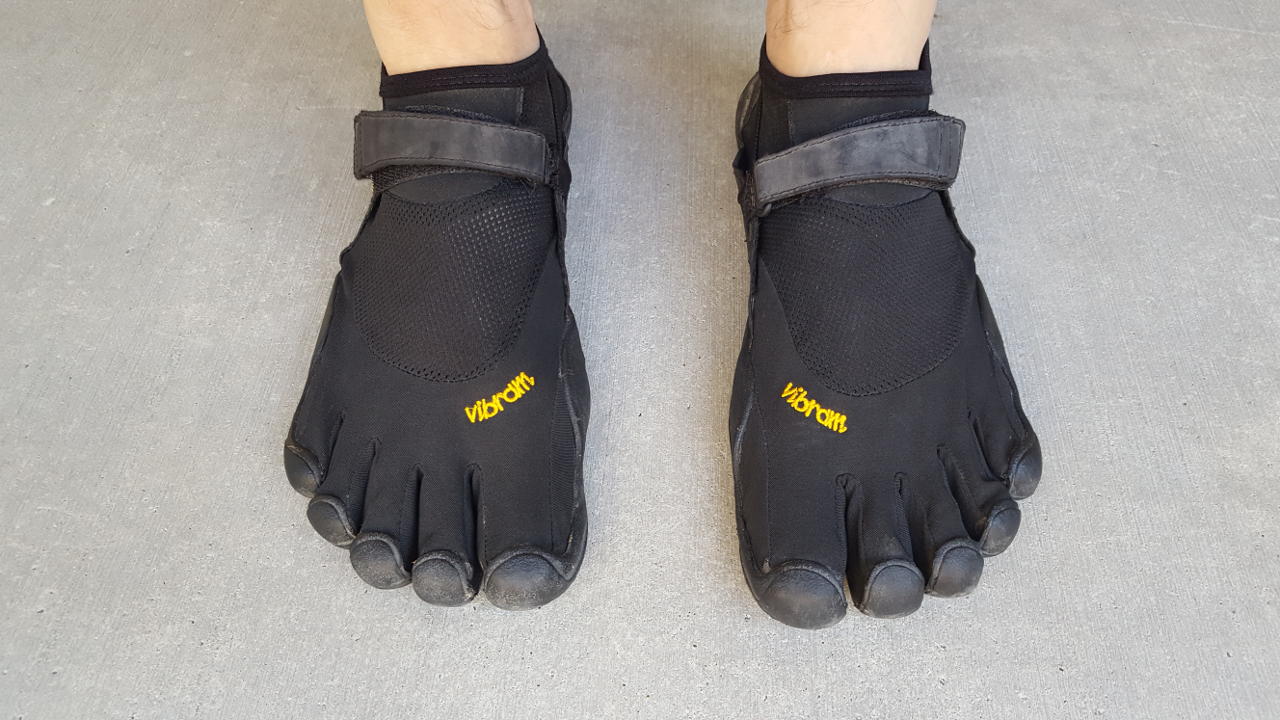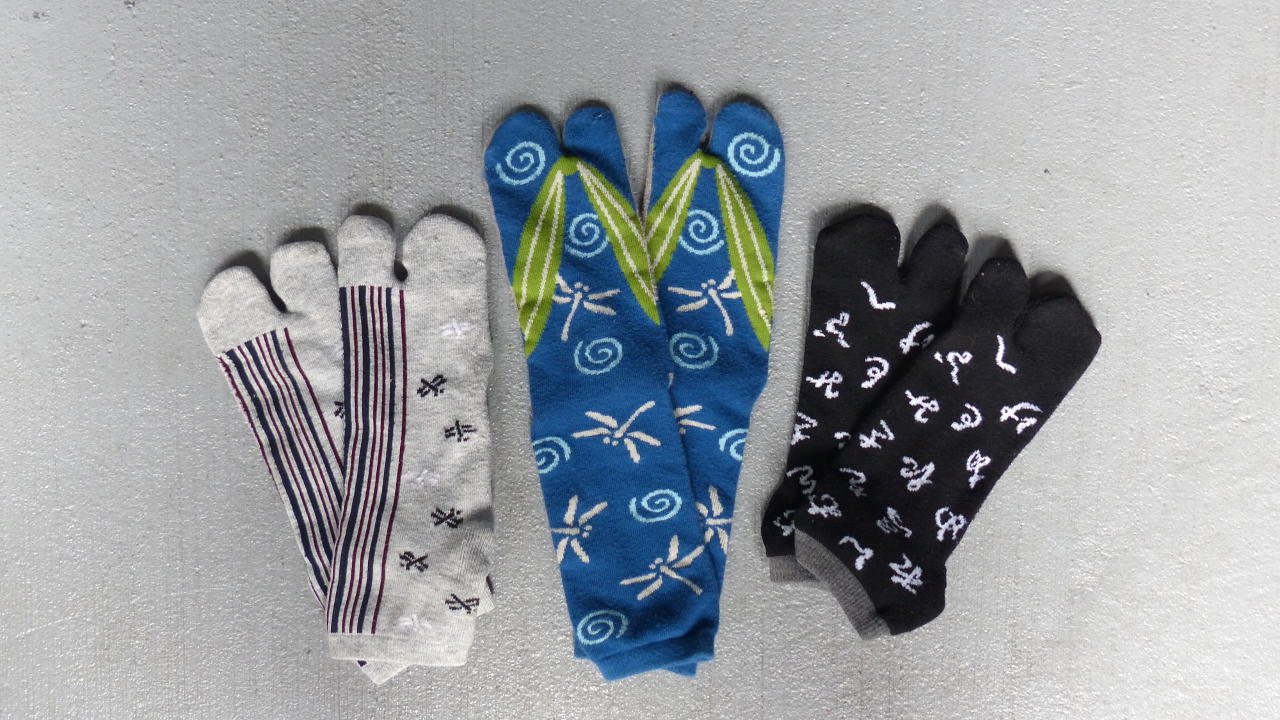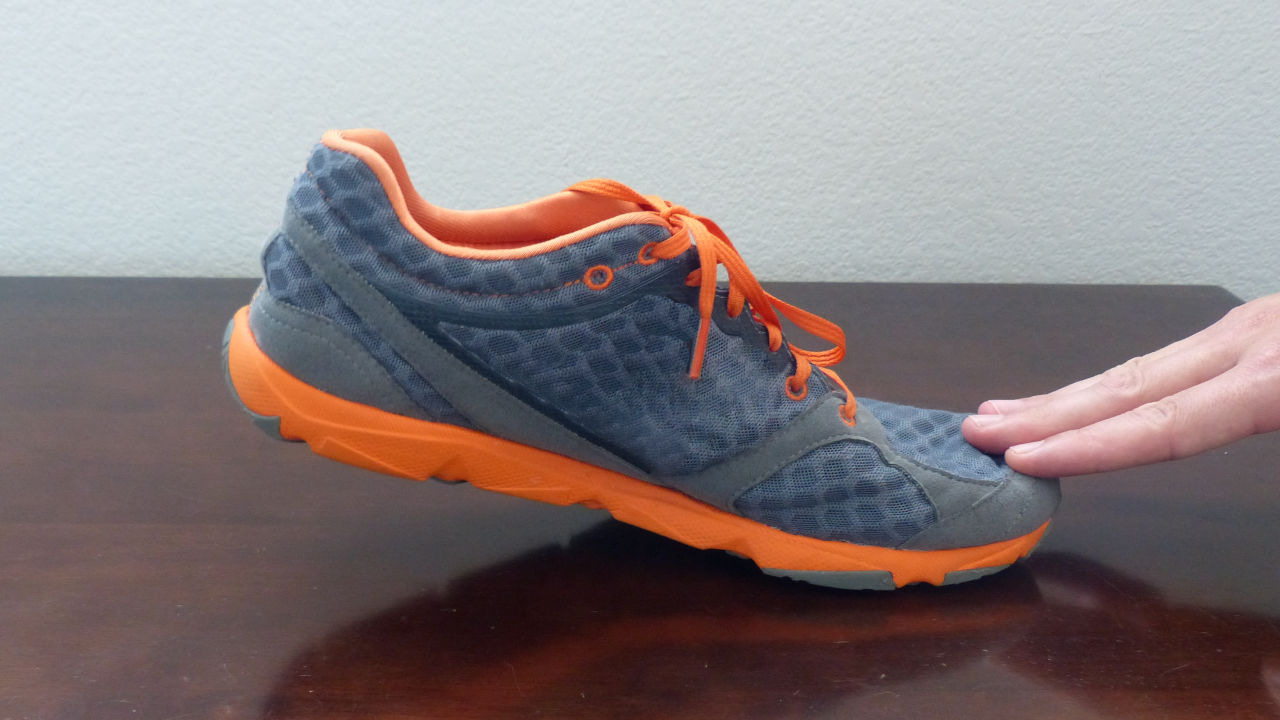During the process of fixing my flat feet, I became a huge fan of minimalist shoes. I had previously been using stability shoes with a lot of built-in support features.
At the time I started this project, the barefoot running movement was probably nearing its peak in popularity. Reading reports about the benefits of using less support was part of what inspired me to attempt to work on my arches in the first place.
I was a little unsure about trying minimalist shoes since it was a big departure from just about everything I’d learned about choosing shoes for flat feet and overpronation. I’d been told so often in the past that people with flat feet need to choose supportive shoes with stability and motion control features.
Looking back, I can’t say I ever noticed any benefit from wearing supportive shoes. As I began doing my own research, I came across convincing arguments for the benefits of minimalist shoes as well as the potentially harmful effects of traditional footwear.
Since I wanted to give myself the best chance of fixing my arches, I decided to take the plunge and go minimalist.
What are Minimalist Shoes?
The intention behind minimalist shoes is to allow the foot to function inside of the shoe the same way it would if you were walking or running barefoot.
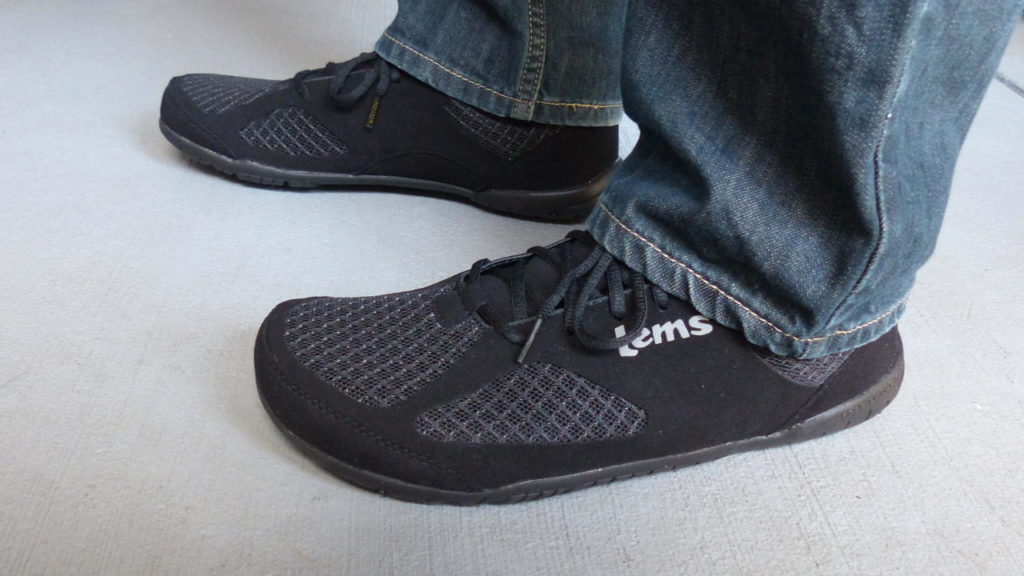
For the longest time, I bought into the idea that I needed shoes with support because of the way my arches collapsed. This mindset–thinking that my feet were inherently flawed and needed to be supported by shoes–had kept me from considering other options. That all changed once I began looking for ways to raise the height of my arches.
A recent study defined minimalist shoes as:
Footwear providing minimal interference with the natural movement of the foot due to its high flexibility, low heel to toe drop, weight and stack height, and the absence of motion control and stability devices.
So, as you can see, minimalist shoes have several characteristics that separate them from other types of footwear.
I look for several features when choosing shoes:
- Lightweight
- Wide or anatomically-shaped toe box
- Low heel-to-toe drop (the difference in height between the heel and front of the shoe)
- Minimal cushioning and support
- Flexible soles
Reasons For Going Minimalist
I spend the majority of the time now in minimalist shoes. This includes both everyday use and working out. I think they’re incredibly comfortable when compared to traditional shoes. That right there is probably reason enough to continue wearing them.
But I also think there are a lot of other benefits that have come from using them. So here are my top five reasons for using minimalist shoes.
Maintain Ankle Flexibility
Many shoes on the market have raised heels. Elevated heels can be found in everything from dress shoes to running shoes and many types of casual shoes.
Wearing a shoe with a raised heel is like standing on a ramp facing downhill. Nonstop.
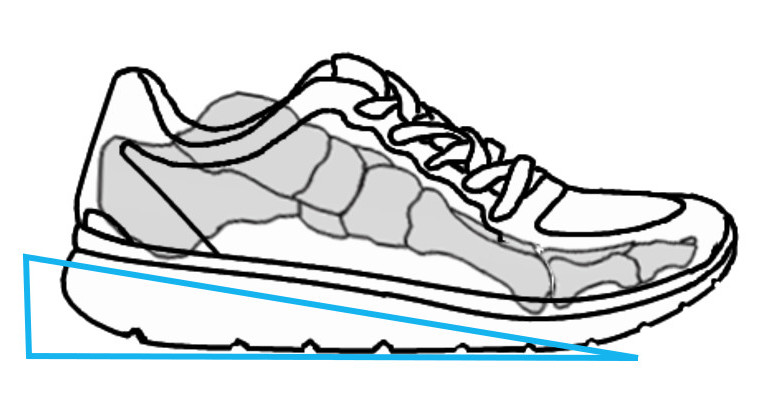
Increasing ankle flexibility was one of the keys to improving my arches. A traditional shoe, with its raised heel, puts the calf muscles in a shortened position. This is the opposite of what I was trying to accomplish.
The conventional heel-to-toe drop (the difference in height from the back to the front of the shoe) is around 10-12 millimeters in running shoes. Shoes marketed as minimalist typically have a drop of less than 6mm. I prefer the ones that are completely flat. This is sometimes referred to as zero-drop or a zero heel-to-toe differential. I just don’t see any need to have my heel raised higher off the ground than the rest of the foot.
Better Ground Feel
Minimalist shoes typically have thin and flexible soles without a lot of added cushioning. This helps create that barefoot-like experience. A lot of the training I was doing for my arches involved adjusting the way that I walked. This involved spending time walking barefoot while paying attention to what my feet were doing.
With minimalist shoes, I could replicate a lot of that training because I could actually feel what my feet were doing inside the shoes.
Traditional shoes often have thick cushioning, almost like having a tiny mattress underneath the foot. With the thin soles of minimalist shoes, there is a much better feel for the ground. And I can feel my foot making adjustments to changes in the surfaces I’m walking on.
Get the Toes Engaged
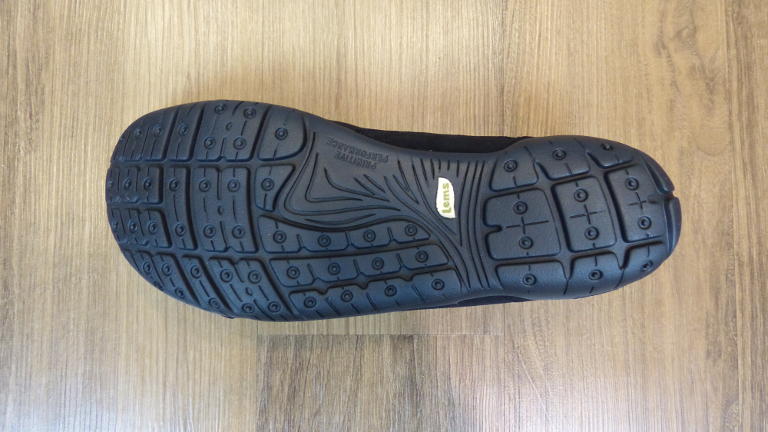
The vast majority of footwear seems to be designed with narrow toe boxes. So many shoes out there are tapered in the front and shaped like a bullet. This is not typically the shape of the foot.
Having a wide or anatomically-shaped toe box gives the toes enough room to spread out. I consider this an important part of stabilizing the arch. Using these shoes without socks or pairing them with Tabi socks feels so much better than having the toes crammed together into a narrow toe box.
The look of the wide toe box may not match everyone’s fashion sense, but the health of my feet is more of a priority for me.
There are also shoes with individual pockets for the toes, like the Vibram FiveFingers, which obviously excel in the toe freedom department. These have become my favorite shoes for working out.
Another nice feature of minimalist shoes is they that also tend to have less pronounced toe springs. The toe spring is the upward curve in the front of the shoe. Most shoes are designed with these to enable you to rock forward and roll into each step. This is necessary since most shoes are rigid and don’t match the natural flexibility of the foot.
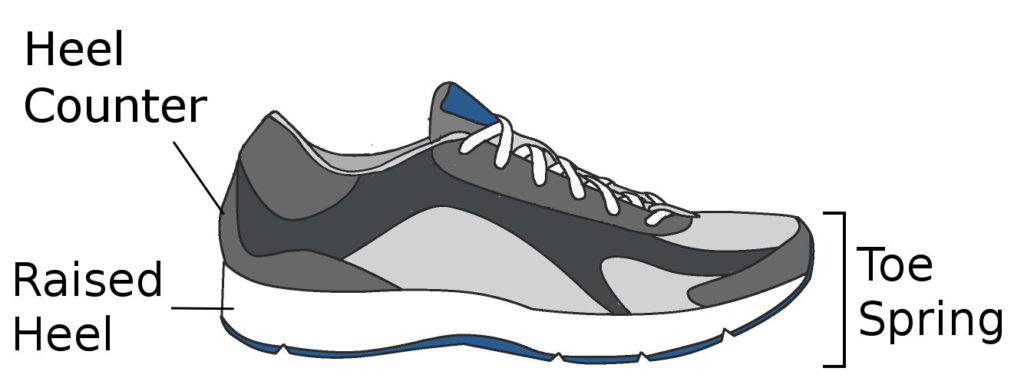
What I don’t like about toe springs is that they hold the toes extended off the ground. Whereas when walking barefoot the toes are able to press down and engage the ground.
Even though most minimalist shoes seem to be built with toe springs, these are less of an issue for me though since they easily flatten out due to how flexible the shoes are.
Start with a Blank Canvas
I want a shoe that provides protection from the outside elements but not much else. I really dislike when shoes include built-in arch support. That’s the little bump on the inside of the shoe that’s supposed to fill up space underneath the arch of the foot.
For one, an arch is supported by its ends, not from underneath. For the foot, that means the natural support is coming from the heel and the forefoot. It doesn’t make sense to me to want to fill up space underneath the arch. I’ve also noticed that, in a lot of shoes, that little bump doesn’t align properly with where my natural arch is.
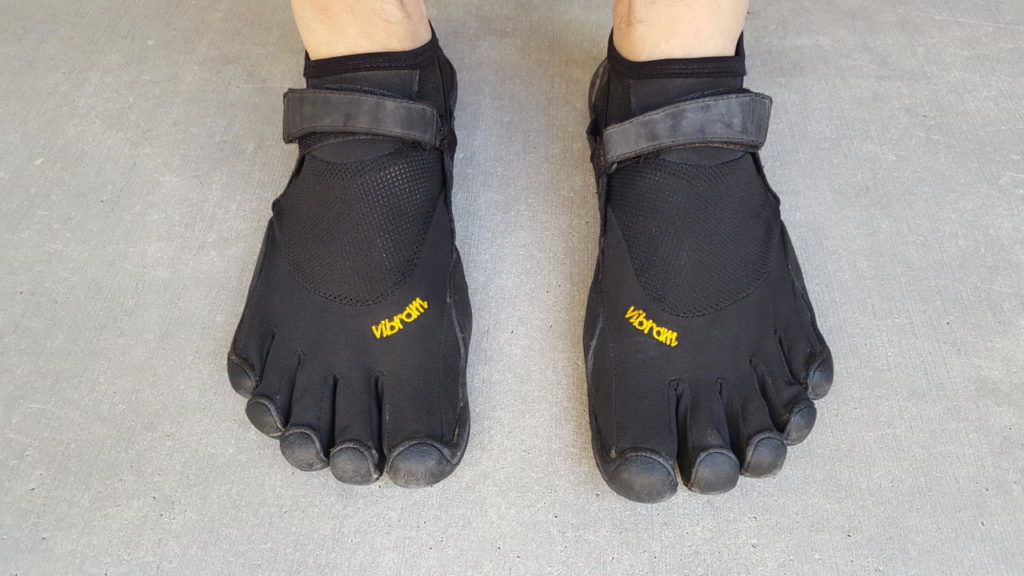
Traditional shoes are also not very flexible and tend to bend only in one place. By contrast, the foot is a highly mobile structure. I want shoes that are able to bend and flex in all the places my feet are able to bend and flex.
Stronger Feet
Walking in minimalist shoes has been shown to strengthen foot muscles. This was the main reason I started wearing them as I thought that strengthening my feet would help correct my flat feet.
My feet are definitely a lot stronger now (with better arches) than when I started. This is probably due to a combination of spending more time barefoot and in minimalist footwear along with the exercises I worked on.
Related to this, I’ve also noticed that when I’m on my feet for long periods my legs don’t feel as tired as they do when I’m wearing traditional shoes. It’s possible this might just be all in my head since I’m more comfortable overall in minimalist shoes.
Maybe it’s because of how lightweight the shoes are. The difference in weight between minimalist shoes and traditional shoes is usually at least several ounces. That might not sound like a lot but it could add up since you’re swinging it on the end of your leg all day.
It’s also possible that I move more efficiently in minimalist shoes, meaning I expend less energy. This is something that research has shown to be true in runners.
Speaking of Running
Much of the debate about minimalist shoes centers around the effect it has on running. That debate is beyond the scope of this post, but I will say a few things about my experience.
I like running but never really run long distances. I used to be a heavy heel striker and blame this on the big heels and cushioning in the stability shoes I had previously been using.
Switching to minimalist shoes I found that I naturally converted to more of a forefoot strike. Landing more towards the front of the foot noticeably improved the strength of my calves and probably also helped a bit with arch strength. I also now no longer get pain in my kneecaps from running which is something that would happen periodically in the past.
I experienced some minor aches and pains during the transition from running in stability shoes to minimalist shoes. Apparently, this is not an uncommon experience. Thankfully, there are a lot of great guides available on making the transition and achieving good running form.
For me, the transition period lasted for the better part of a year. That’s about the time it took until I could run comfortably a few times a week in minimalist shoes without issues. I’m happy I made the switch though because I feel like the changes to my running form will help protect my knees and hips and I no longer feel bound to using any particular shoe.
References
- Esculier JF, Dubois B, Dionne CE, Leblond J, Roy JS. A consensus definition and rating scale for minimalist shoes. Journal of foot and ankle research. 2015 Dec;8(1):42.
- Fuller JT, Thewlis D, Tsiros MD, Brown NA, Buckley JD. Effects of a minimalist shoe on running economy and 5-km running performance. Journal of sports sciences. 2016 Sep 16;34(18):1740-5.
- Ridge ST, Olsen MT, Bruening DA, et al. Walking in Minimalist Shoes Is Effective for Strengthening Foot Muscles. Med Sci Sports Exerc. 2019;51(1):104-113.
